Mint (Mentha spp.) is one of the most popular and versatile herbs in the world. Revered for its refreshing flavor, pleasant aroma, and wide-ranging uses in culinary, medicinal, and ornamental gardening, it’s a staple in many home gardens. However, seasoned gardeners often advise caution when it comes to where you plant this vigorous herb — particularly warning against planting mint directly in the ground.
So why should you avoid planting mint in the ground? This article explores the reasons behind this recommendation, detailing the plant’s growth habits, potential problems, and alternative ways to enjoy mint without letting it take over your garden.
A Closer Look at Mint’s Growth Habit
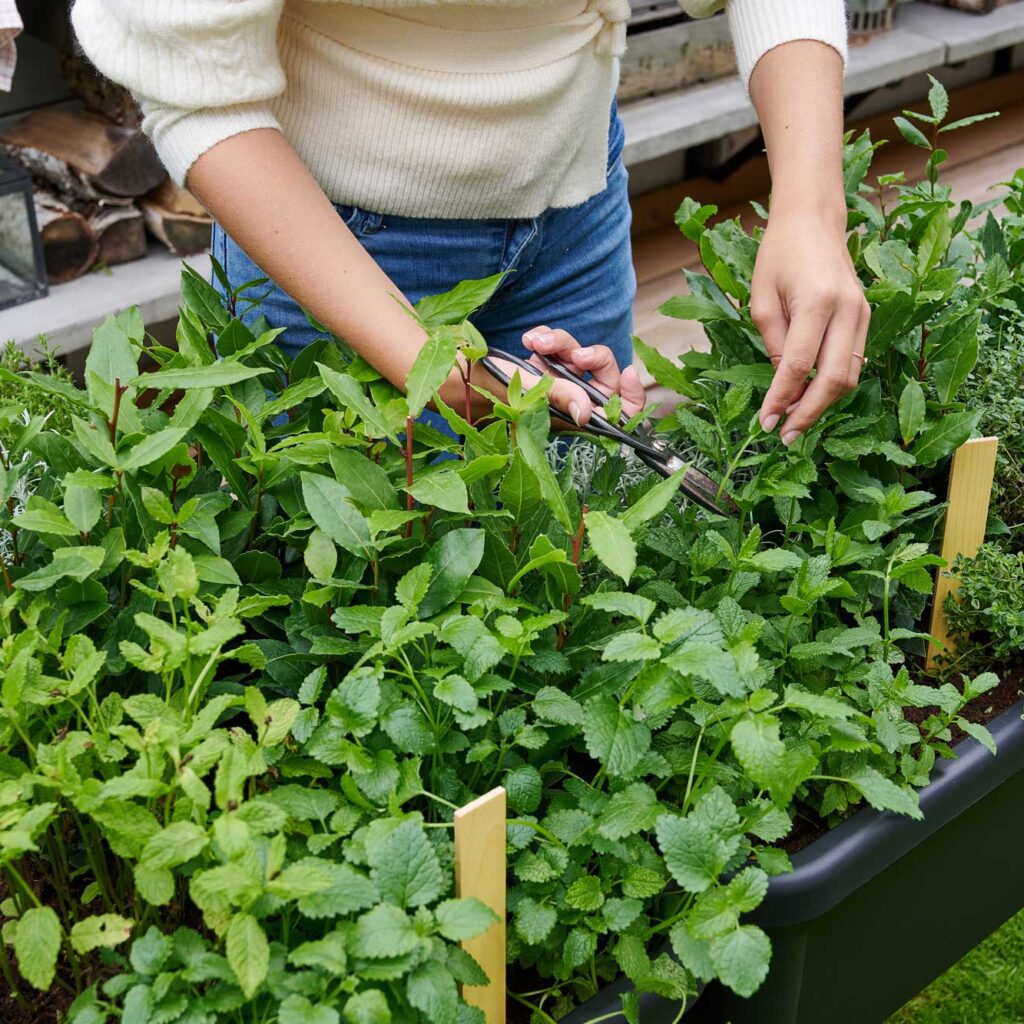
Mint is a fast-growing, hardy perennial herb that belongs to the Lamiaceae (mint) family, which includes other aromatic herbs like basil, rosemary, and sage. The plant is known for its spreading growth pattern, propagated through both seeds and underground structures known as rhizomes.
What Are Rhizomes?
Rhizomes are horizontal underground stems that send out roots and shoots from their nodes. In mint, these rhizomes spread aggressively, establishing new growth some distance from the original plant, enabling the herb to quickly colonize large areas if not carefully controlled.
This is the primary reason why many gardeners advise against planting mint directly in open ground.
Reasons to Avoid Planting Mint in the Ground
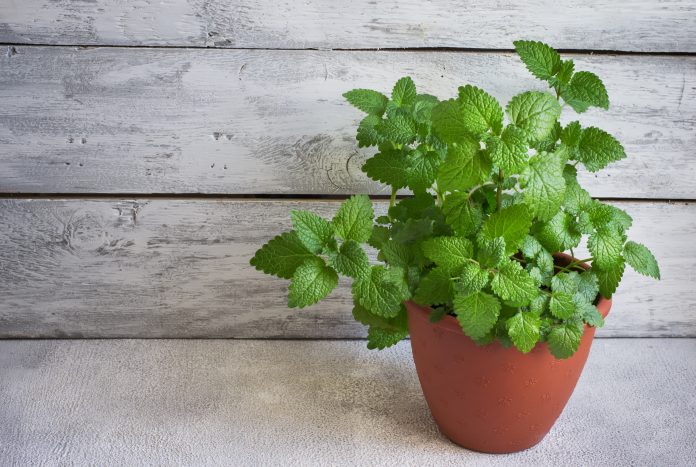
Invasive Growth and Garden Domination
Mint is notorious for its invasive nature. Its rhizomes spread underground in all directions, often unnoticed until new shoots emerge several feet away from the original plant. Once established, mint can:
- Choke out neighboring plants by monopolizing soil nutrients, water, and sunlight.
- Disrupt planned garden designs as it weaves through flower beds and vegetable patches.
- Become difficult and time-consuming to remove once it takes over a space.
Even small pieces of root left in the soil can regenerate into new plants.
Rapid, Uncontrolled Spreading
Mint’s fast growth rate means that it can quickly multiply and cover a large area in just one growing season. Without barriers or containment, it may:
- Spread into lawns, paths, and other planting areas.
- Outcompete slower-growing or delicate plants.
- Create a dense mat of foliage that restricts air circulation, increasing the risk of fungal diseases.
This uncontrolled growth can be particularly problematic in mixed borders or herb gardens.
Difficult Removal
Once mint has taken root in open ground, it becomes challenging to eradicate. Its dense network of rhizomes can:
- Survive even when above-ground growth is cut back.
- Re-sprout from tiny root fragments.
- Require repeated digging, soil sifting, or even herbicide use to completely remove.
Even experienced gardeners may struggle to fully eliminate mint from a garden once it has spread unchecked.
Impact on Soil and Neighboring Plants
Mint’s aggressive root system competes heavily with nearby plants for nutrients and moisture. Over time, this can lead to:
- Depletion of soil nutrients in the surrounding area.
- Stunted growth or decline in health of adjacent plants.
- Increased water demands in densely populated areas.
The dense mat of roots can also prevent other plants from establishing, reducing overall garden biodiversity.
Safer Alternatives: How to Grow Mint Without Trouble
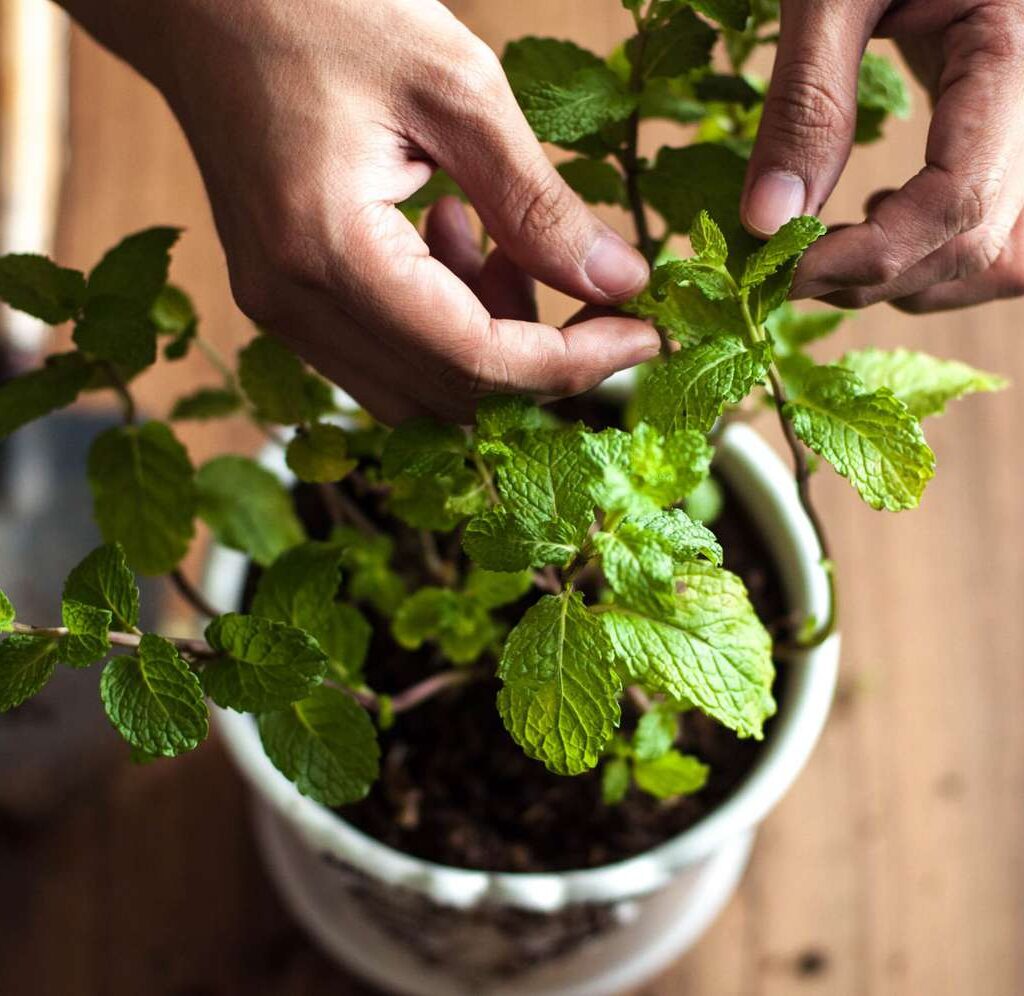
Fortunately, you don’t have to give up on growing mint altogether. Several practical and attractive alternatives allow you to enjoy this herb while keeping its spreading tendencies under control.
Plant Mint in Containers
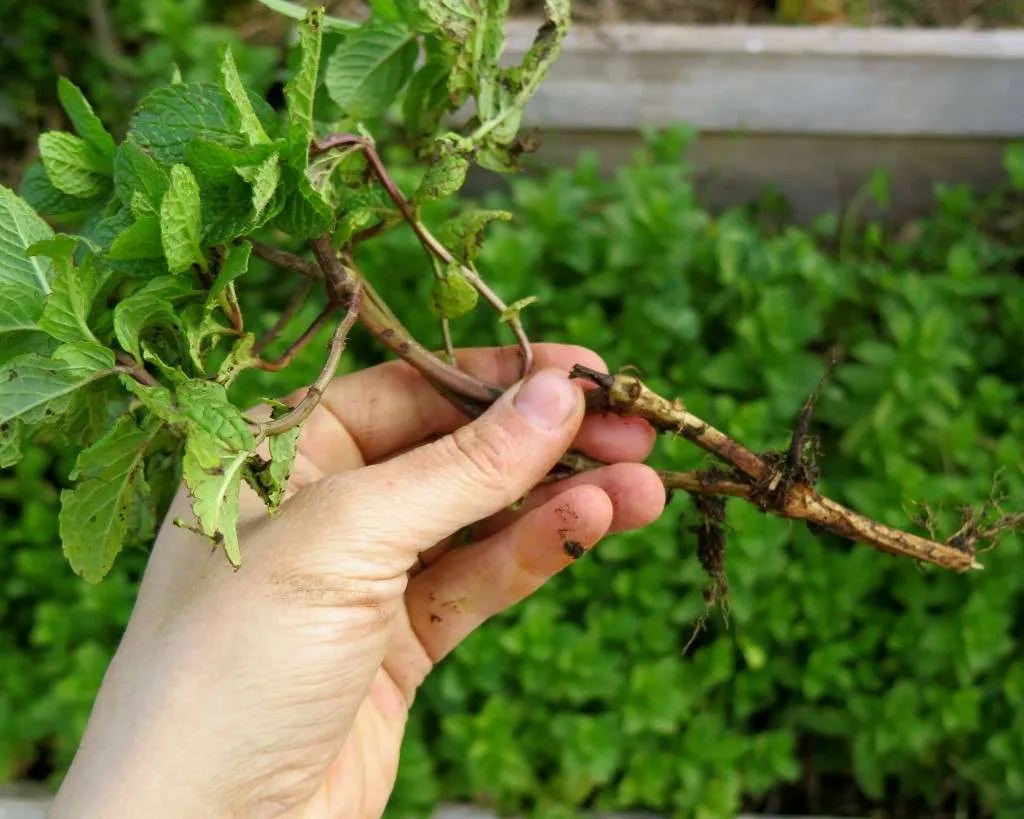
The most recommended method for growing mint is in pots, planters, or hanging baskets.
Benefits:
- Prevents rhizome spread beyond the container.
- Allows easy repositioning for ideal sun exposure.
- Simplifies harvesting and maintenance.
- Reduces competition with other plants.
Tip: Choose a pot with good drainage and water regularly, as mint prefers consistently moist soil.
Use Bottomless Buckets or Bury Pots
If you wish to incorporate mint into a garden bed, plant it in a bottomless container or sunken pot buried in the ground.
How to do it:
- Use a large plastic pot or bucket with the base removed.
- Bury it so the top rim sits 2–3 inches above the soil surface.
- This creates a physical barrier that limits rhizome spread while allowing good root growth within the confined area.
Raised Beds with Barriers
Incorporating mint into a dedicated raised herb bed with underground root barriers can help control its spread.
Materials:
Install metal, plastic, or stone edging buried at least 12–18 inches deep to block underground runners.
Tip: Regularly inspect the bed’s edges and trim back any creeping runners.
Grow Mint Indoors
Mint grows beautifully in indoor containers on sunny windowsills or kitchen counters.
Advantages:
- Fresh mint available year-round.
- No risk of garden invasion.
- Adds natural fragrance to indoor spaces.
Care tips: Provide bright light, regular watering, and occasional pruning to keep plants compact and productive.
Popular Mint Varieties for Home Gardens
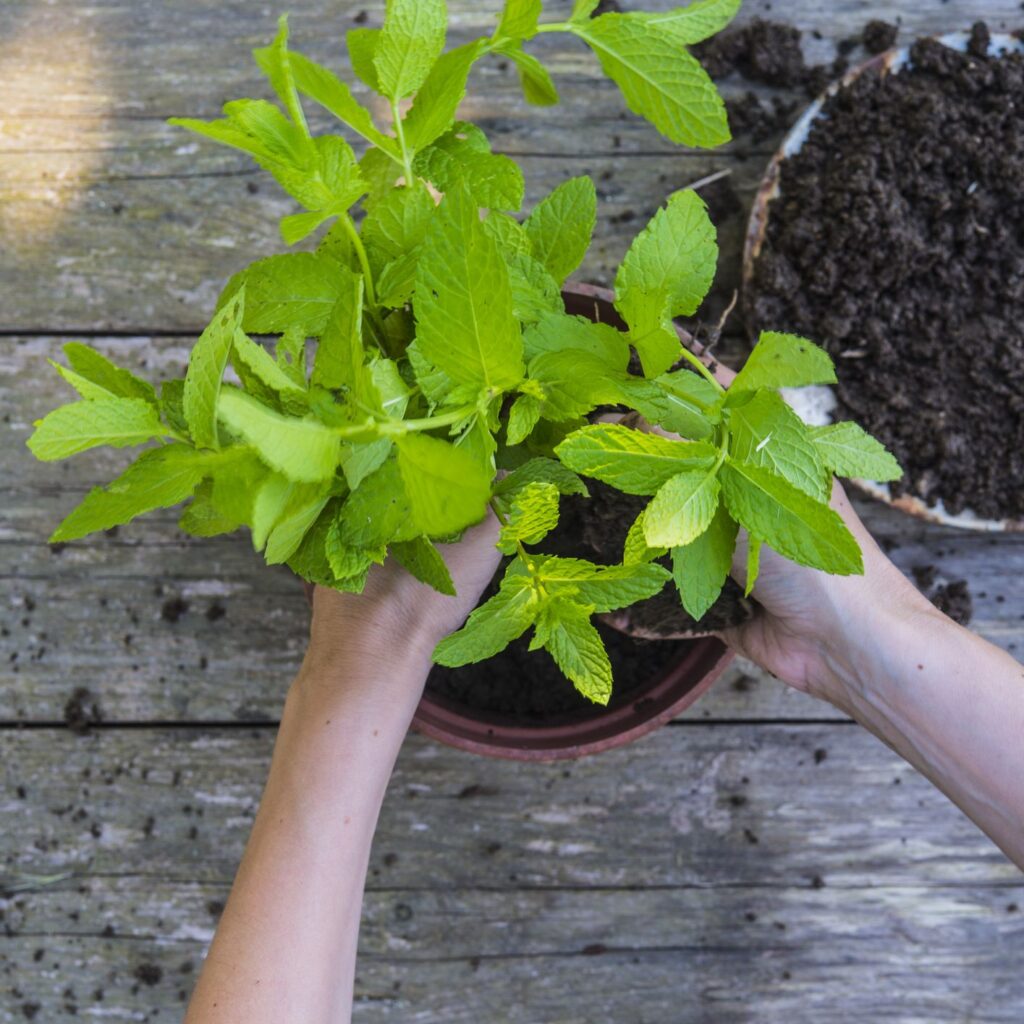
If you’re planning to grow mint safely, here are a few favorite cultivars to consider:
- Spearmint (Mentha spicata) — Mild, classic flavor ideal for cooking and teas.
- Peppermint (Mentha × piperita) — Stronger, menthol-rich variety often used in desserts and drinks.
- Apple Mint (Mentha suaveolens) — Fruity, fuzzy-leaved variety with a gentle flavor.
- Chocolate Mint (Mentha × piperita ‘Chocolate’) — Subtle chocolate undertone, excellent for desserts.
Each of these varieties thrives in containers and brings unique flavors and aromas to the kitchen.
Conclusion
Why should you avoid planting mint in the ground? The answer lies in its invasive, fast-spreading rhizomes that can quickly overtake a garden, crowd out neighboring plants, deplete soil nutrients, and become difficult to control or remove. While its many culinary and medicinal benefits make it a popular garden herb, planting mint directly in open soil often leads to headaches for even the most experienced gardeners.
Fortunately, with smart planting strategies like container gardening, bottomless pots, raised beds with barriers, and indoor cultivation, you can enjoy this refreshing, aromatic herb without the risk of it taking over your garden.
By understanding mint’s natural growth habits and implementing containment techniques, you’ll savor the pleasure of fresh mint for teas, cocktails, and recipes while keeping your garden well-organized, diverse, and under control.




Leave A Comment